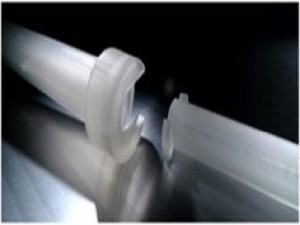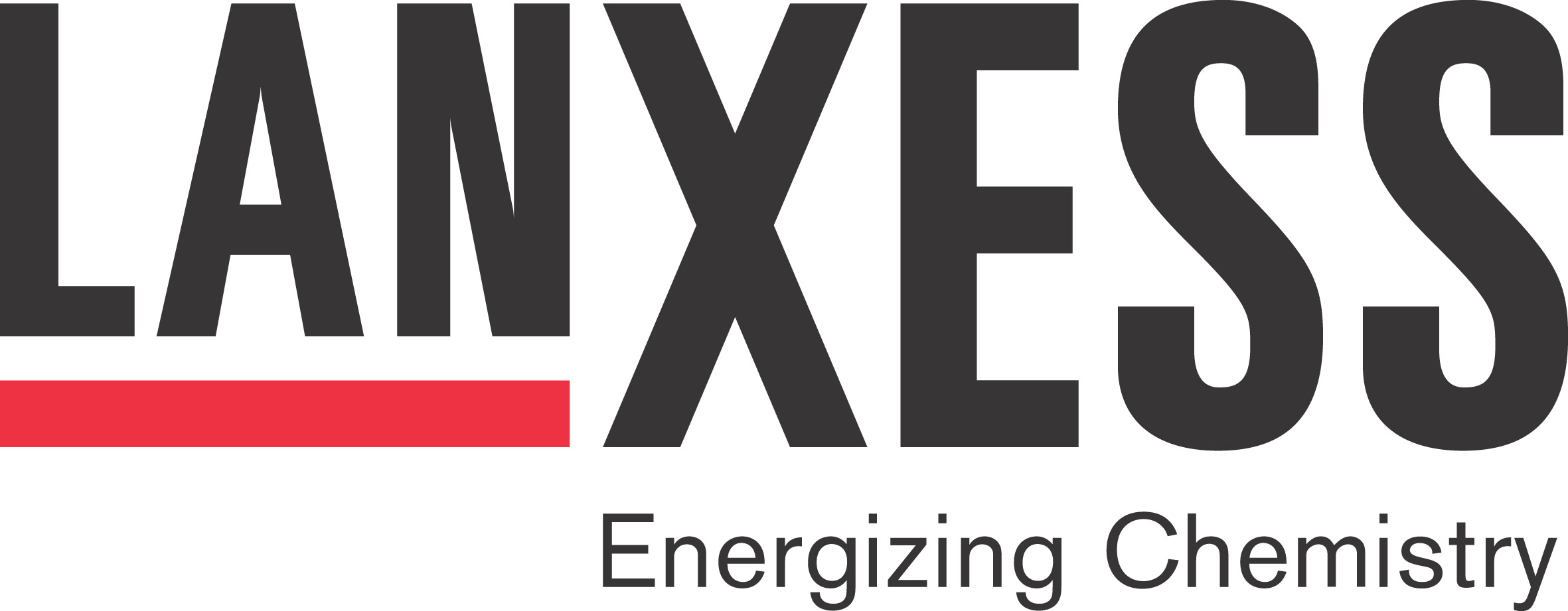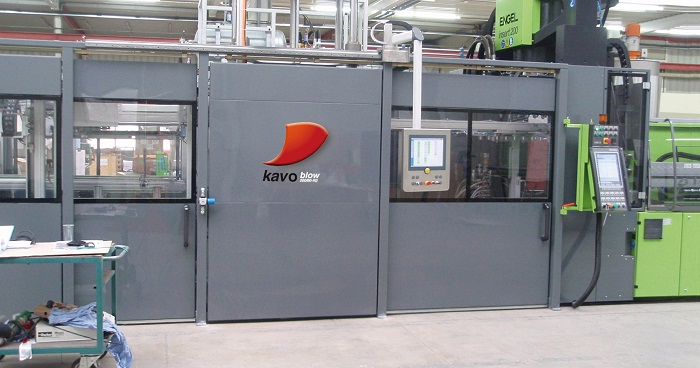
Potomac Photonics, a leader in micro manufacturing, recently built prototypes for an innovative medical device created for the developing world using new high-resolution 3D printing technology from 3D Systems Corp. Working with Jhpiego, a John’s Hopkins University affiliated Non-Government Organization focused on women’s health, Momo Scientific developed the CryoPop, a low-cost medical device. Aimed at developing countries where pap tests are prohibitively expensive, the simple device uses dry ice for the treatment of cervical pre-cancerous lesions. The concept is similar to freezing warts off the skin.
CryoPop’s Project Manager, Marton Varady, built his original prototypes using a 3D printer in the Bioengineering Lab at Johns Hopkins. But as the medical device design developed, higher precision is needed. The 3D printer only had tolerances of 10 -15 thousandths and the support material had to be manually removed.Mechanical machining was tried but could not drill holes deep enough for the design requirement. Instead the part was made in two pieces in order to reduce substrate thickness for the hole drilling.
Varady then found that Potomac Photonics had a 3D Systems Corp Projet HD 3000 Plus and experience with 3D printing rapid prototyping. Varady comments, “The resolution of this 3D printer was much higher than what we had in our onsite lab. Working with tolerances in the 1 – 2 thousandths range gave us the parameters we needed to fulfill the design requirement. Plus, we could make the entire part in one piece which increased robustness.”
Potomac Photonics’ President and CEO Mike Adelstein comments, “At the moment some of the best solutions we’ve seen integrate 3D printing with other micro manufacturing processes, such as laser or CNC machining. But in this case the entire design could be fabricated with our 3D Systems Corp printer.”







